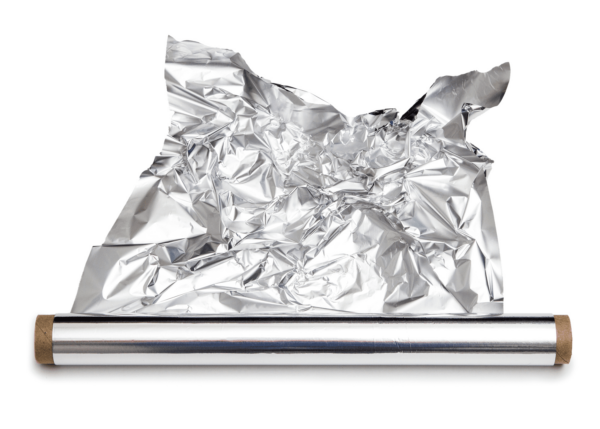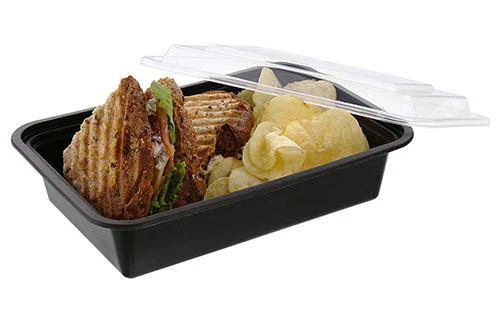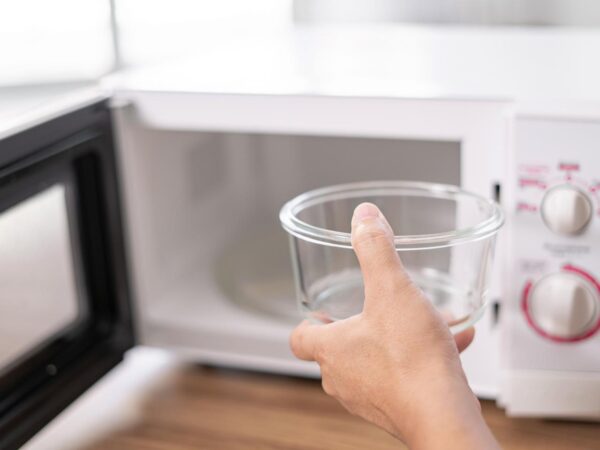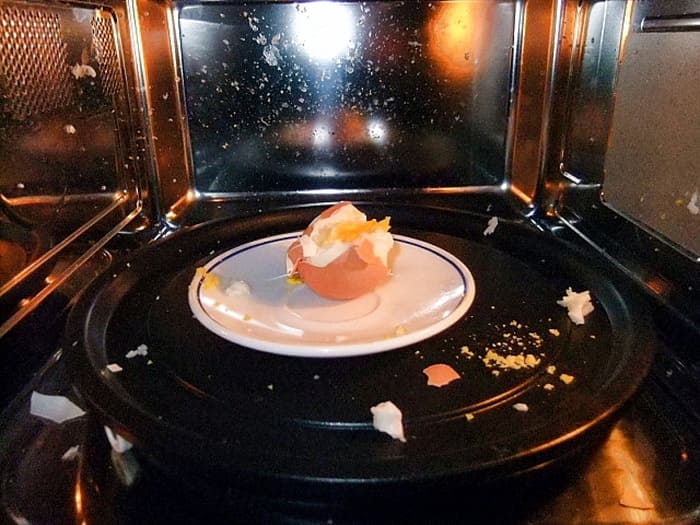Trendy Lifestyle Hacks
10 Things You Should Never Put In The Microwave Oven
Microwaves offer convenience for quick meal preparation, but not everything is safe to heat in them. Certain items can cause dangerous sparks, fires, or damage to your microwave.
Understanding which materials and foods to avoid can help prevent accidents and ensure your microwave operates safely. Here are ten things you should never put in the microwave and why.
1. Metal Objects

Metal can cause dangerous sparks and even fires when exposed to microwave radiation. This is because microwaves interact with metal, leading to arcing and potential damage to the microwave’s interior. Always use microwave-safe containers.
2. Aluminum Foil

Like other metals, aluminum foil can create sparks and start a fire in the microwave. It can also cause uneven heating by reflecting microwave energy. If you need to cover food, opt for microwave-safe lids or wraps instead.
3. Styrofoam Containers

Styrofoam can release harmful chemicals when heated in the microwave. These chemicals may leach into your food and are potentially hazardous to health. Use microwave-safe glass or plastic containers instead.
4. Plastic Wraps Not Labeled Microwave-Safe
Many plastic wraps contain chemicals that can melt or leach into your food when heated. Always check for a microwave-safe label on plastic wraps or use alternatives like glass lids or parchment paper.
5. Eggs in Their Shell

Heating eggs in their shell can cause them to explode due to the buildup of steam inside. This can create a mess and even damage your microwave. If you need to microwave eggs, remove them from the shell and cook them in a microwave-safe container.
6. Whole Fruits
Whole fruits, especially those with skins or rinds, can burst when microwaved due to the rapid steam buildup inside. Cut fruits into pieces to ensure even heating and avoid explosions.
7. Paper Bags
Paper bags, including those used for popcorn, can release toxins and catch fire in the microwave. They are not designed to withstand microwave heat. Use microwave-safe containers or popcorn bags specifically labeled for microwave use.
8. Takeout Containers with Plastic Linings

Some takeout containers have plastic linings that can melt or release harmful chemicals when microwaved. Always transfer food to microwave-safe dishes before heating to avoid contamination and ensure even heating.
9. Certain Types of Glass

Not all glass is microwave-safe. Some glassware, like those with metal trim or non-microwave-safe materials, can crack or shatter under microwave heat. Always check if your glassware is labeled as microwave-safe.
10. Sauces and Oils in Sealed Containers
Microwaving sauces or oils in sealed containers can lead to dangerous pressure buildup and explosions. Always use microwave-safe containers with lids slightly ajar to allow steam to escape and prevent splattering.


